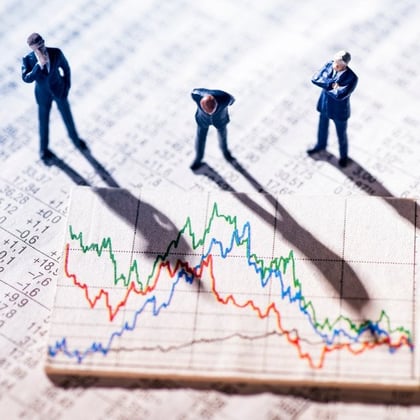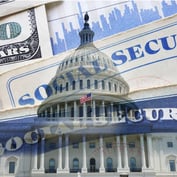The U.S. two-year yield briefly exceeded the 10-year Tuesday for the first time since 2019, inverting yet another segment of the Treasury curve and reinforcing the view that Federal Reserve rate increases may cause a recession.
The inversion occurred as two-year yields rose while 10-year yields declined, crossing at a level of about 2.39%. Prior to 2019, when the curve inverted in August during a U.S. trade spat with China, the last persistent inversion of the Treasury curve occurred in 2006-2007.
Short-term yields that are higher than long-term yields are abnormal, and they signal that high levels of short-term yields are unlikely to be sustained as growth slows.
The inversion of the two- to 10-year segment of the Treasury curve is the latest in a series beginning in October, when 20-year yields topped 30-year yields. The widely watched gap between five years and 30 years also turned upside down this week, something that hasn’t happened since 2006.
“Historically, a recession has not happened without an inversion,” said Ben Emons, global macro strategist with Medley Global Advisors LLC. “So likely, it will be a predictor of a future recession. Timing, however, is unknown. It could take up to two years.”
Similar to the last broad inversion in 2019, concern has been mounting that Fed policy tightening will reduce consumer spending and business activity.
Unlike the last occurrence, the U.S. central bank is battling the highest inflation rates in a generation, which is fueling speculation that circumstances will require a more drastic adjustment in policy rates, with more painful consequences.

The Fed raised its benchmark rate by a quarter point this this month from near zero and is widely tipped to do more.
Futures traders are pricing in the equivalent of eight additional such hikes this year. With only six more meetings scheduled in 2022, the forecast implies at least one bigger-than-standard increase. The swaps contract linked to the next meeting in May shows a roughly three-in-four chance of a super-sized 50-basis point hike.
The market “has fast-forwarded all the Fed hikes into and out of the Fed’s first move,” George Goncalves, head of U.S. macro strategy at MUFG Securities Americas, said in a note to clients. “This has led to a cascading of curve flattening as the market is skeptical they will get far.”









 March 29, 2022 at 03:05 PM
March 29, 2022 at 03:05 PM










